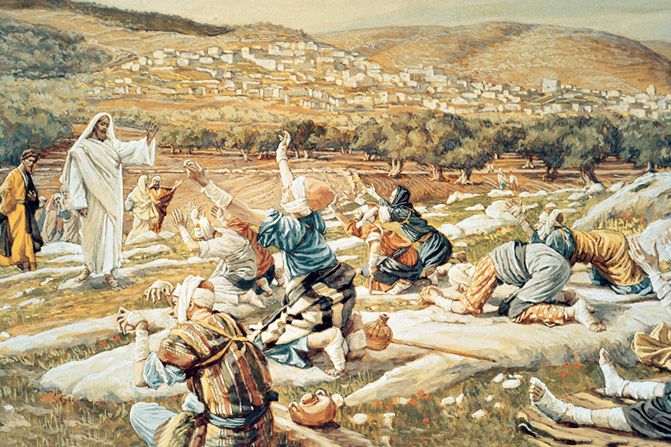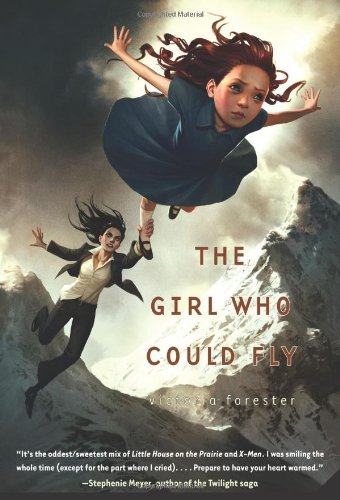If You are an Illustrator...
Sometimes editors ask for dummies from illustrators, just to get an idea of their artwork across a storyline. After all, it's a lot easier to make one really cute character in one scene than to make a bunch of scenes with that character in different situations.
IF You are a Writer...
Sometimes editors ask for dummies from illustrators, just to get an idea of their artwork across a storyline. After all, it's a lot easier to make one really cute character in one scene than to make a bunch of scenes with that character in different situations.
IF You are a Writer...
From writers, though, editors do NOT want to see dummies. If you are a writer, sending in a dummy shows that you haven't done your homework, and it's sure to get rejected. (Well, never say never, but why give them a reason to say no before they've even read it?) That's actually a good thing for you, because it saves a boatload of paper.
Even though you shouldn't send a book dummy in, it is good practice to make a book dummy for yourself. Remember that books are generally 32 pages (because the printer prints 8 pages to a sheet), with 28 of those pages reserved for the story. Try making a dummy, then rearranging the pages. You might find a better story, or you might get a good laugh (which is just as good in my opinion).So what do you do with all those book dummies, if you're not submitting them? I use mine to teach my kids to read. I mean, How cool is it that your kids are learning to read on your own (unpublished) picture books?
One More Note: Since I wrote this, my friend pointed out something I didn't mention. Picture books today tend to have more illustrations spanning two pages, so when you're making those dummies, it is a good idea to think in terms of 14 page spans rather than 28 single pages.



 Parable of the Top Ten Percent
Parable of the Top Ten Percent

